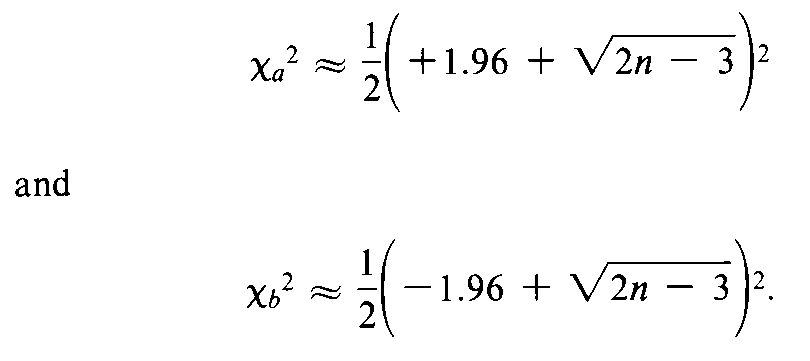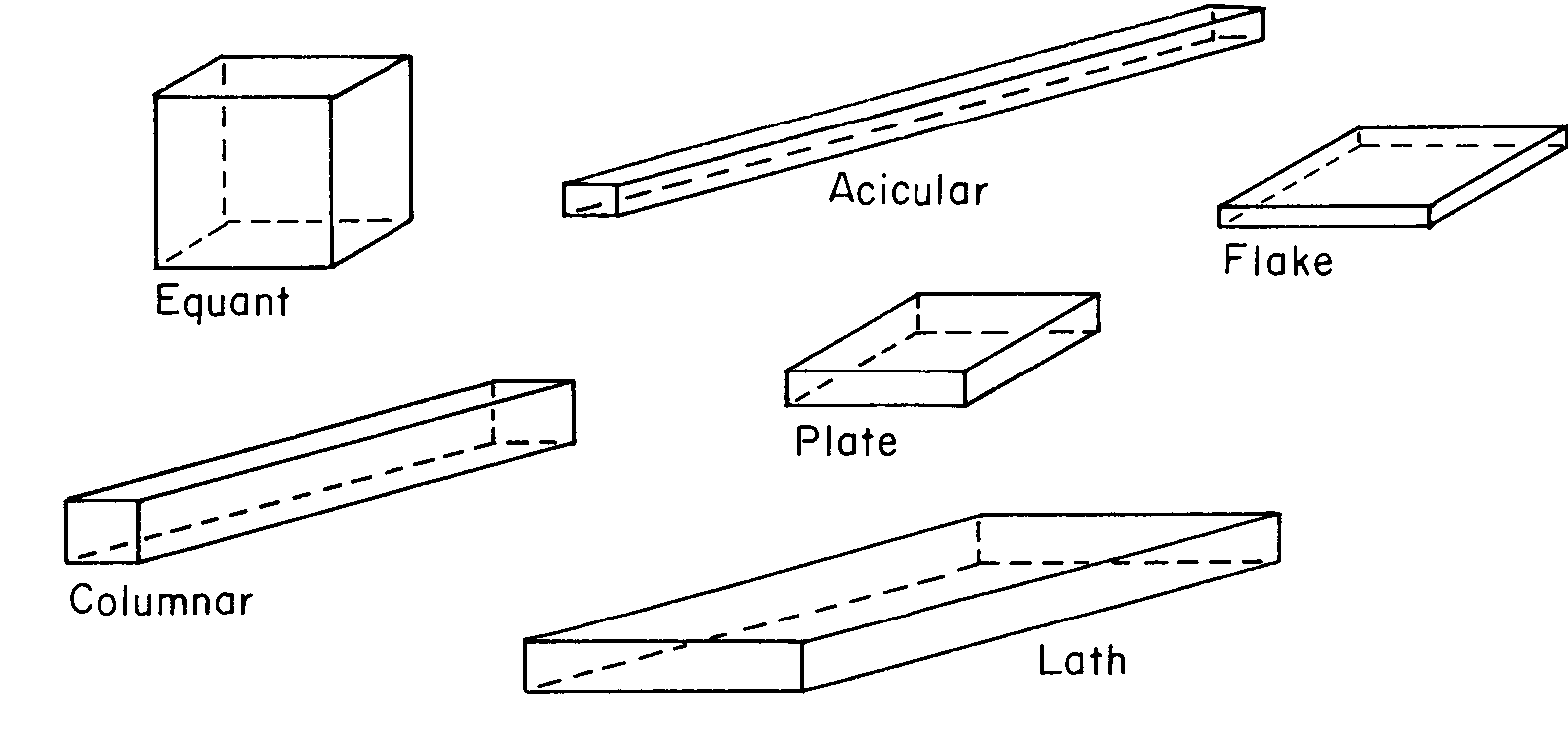á776ñOPTICAL MICROSCOPY
Optical microscopy for particle characterization can generally be applied to particles in the size range between 0.5and 100µm.The lower limit is imposed by the resolving power of the microscope.The characterization of smaller particles can often be accomplished by means of electron optical imaging techniques such as those described under Scanning Electron Microscopy á1181ñwhere practical image resolution approaches 0.01µm.The upper limit is less definite and is determined by the increased difficulty associated with the characterization of larger particles.Particle size distribution by use of analytical sieving (see Particle Size Distribution Estimation by Analytical Sieving á786ñ)may be performed where the majority of the particles are larger than about 75µm,although it can be used for some powders having smaller particle sizes where the method can be validated.Often stereo-microscopy can be a useful aid with larger particles,yet it is not as definitive.Optical microscopy is particularly useful for characterizing particles that are not spherical.This method may also serve as a base for the calibration of faster and more routine methods that may be developed.
Apparatus— Use a microscope that is stable and protected from vibration.The microscope magnification (product of the objective magnification,ocular magnification,and additional magnifying components)must be sufficient to allow adequate characterization of the smallest particles to be classified in the test specimen.The greatest numerical aperture of the objective should be sought for each magnification range.Polarized light may be used in conjunction with suitable analyzers and retardation plates.Color filters of relatively narrow spectral transmission should be used with achromatic objectives and are preferable with apochromats and are required for appropriate color rendition in photomicrography.Condensers corrected for at least spherical aberration should be used in the microscope substage and with the lamp.The numerical aperture of the substage condenser should match that of the objective under the conditions of use;this is affected by the actual aperture of the condenser diaphragm and the presence of immersion oils.
Adjustment— The precise alignment of all elements of the optical system and proper focusing are essential.The focusing of the elements should be done in accordance with the recommendations of the microscope manufacturer.Critical axial alignment is recommended.
Illumination— Arequirement for good illumination is a uniform and adjustable intensity of light over the entire field of view;Kohler illumination is preferred.With colored particles,choose the color of the filters used so as to control the contrast and detail of the image.
Visual Characterization— The magnification and numerical aperture should be sufficiently high to allow adequate resolution of the edges of the images of the particles to be characterized.Determine the actual magnification using a calibrated stage micrometer to calibrate an ocular micrometer.Errors can be minimized if the magnification is sufficient that the image of the particle is at least 10ocular divisions.Each objective must be calibrated separately.To calibrate the ocular scale,the stage micrometer scale and the ocular scale should be aligned.In this way,a precise determination of the distance between ocular stage divisions can be made.Several different magnifications may be necessary to characterize materials having a wide particle size distribution.
Photographic Characterization— If particle size is to be determined by photographic methods,take care to ensure that the object is sharply focused at the plane of the photographic emulsion.Determine the actual magnification by photographing a calibrated stage micrometer,using photographic film of sufficient speed,resolving power,and contrast.Exposure and processing should be identical for photographs of both the test specimen and the determination of magnification.The apparent size of a photographic image is influenced by the exposure,development,and printing processes as well as by the resolving power of the microscope.
Preparation of the Mount— The mounting medium will vary according to the physical properties of the test specimen.Sufficient,but not excessive,contrast between the specimen and the mounting medium is required to ensure adequate detail of the specimen edge.The particles should rest in one plane and be adequately dispersed to distinguish individual particles of interest.Furthermore,the particles must be representative of the distribution of sizes in the material and must not be altered during preparation of the mount.Care should be taken to ensure that this important requirement is met.Selection of the mounting medium must include a consideration of the analyte solubility.
Crystallinity Characterization— The crystallinity of a material may be characterized to determine compliance with the crystallinity requirement where stated in the individual monograph of a drug substance.Unless otherwise specified in the individual monograph,mount a few particles of the specimen in mineral oil on a clean glass slide.Examine the mixture using a polarizing microscope:the particles show birefringence (interference colors)and extinction positions when the microscope stage is revolved.
Limit Test of Particle Size by Microscopy— Unless otherwise specified in the individual monograph,use the following method.Weigh a suitable quantity of the powder to be examined (for example,10to 100mg),and suspend it in 10mLof a suitable medium in which the powder does not dissolve,adding,if necessary,a wetting agent.Ahomogeneous suspension of particles can be achieved by matching the density of the medium and the particles,and by providing adequate agitation.Introduce a portion of the homogeneous suspension into a suitable counting cell,and scan under a microscope an area corresponding to not less than 10µg of the powder to be examined.Count all the particles having a maximum dimension greater than the prescribed size limit.The size limit and the permitted number of particles exceeding the limit are stated in the monograph.
Number of Particles to Characterize— The number of particles characterized must be sufficient to ensure an acceptable level of uncertainty in the measured parameter.Successively higher magnification may be necessary to ensure proper dispersion of the specimen.An estimate of the number of particles,n,to be measured that will provide an acceptable level of uncertainty in the mean particle diameter can be obtained from the statistical theory of normal populations.For a sufficiently large population (n>30),the uncertainty in the estimate for the mean particle diameter,d,is given in the formula: in which zccorresponds to the desired confidence coefficient and sis the standard deviation of the test specimen.For n>30,zcis about 1.96at the 95%confidence level.Other confidence coefficients can be obtained from reference books on statistics,and,if necessary,small population statistics can be similarly applied.From this equation,it can be seen that the uncertainty in the measured diameter decreases as the number of particles increases.As an example,to obtain an uncertainty of ±5µm in a specimen that has a standard deviation of 20µm would require that 61particles be accurately measured.
An estimate of the uncertainty in the standard deviation of a specimen can be obtained in a similar fashion.The standard deviation of the population,s,is estimated to lie in the interval:
where sis the standard deviation of the specimen,and ca2and cb2are the confidence coefficients obtained from the c2distribution.ca2and cb2can be obtained from standard statistics references or approximated by the following expressions at the 95%confidence level where ca2and cb2represent the 97.5and 2.5percentile values,respectively:
In general,a larger sample must be acquired to obtain a good estimate of the standard deviation or distribution of the population.For the example population described above,if the mean particle diameter was 50µm,only 61particles would have to be measured to obtain an uncertainty of 10%in the diameter (e.g.,d=50±5µm),but about 200particles would have to be measured to obtain a similar confidence of ±10%in the standard deviation (e.g.,18.3<s<22.3).
For a material that conforms more closely to a log normal distribution,the logarithm of the individual particle diameters can be computed,and the mean and the standard deviation of the log particle diameter directly substituted in the above equations.The anti-logs correspond to the geometric mean and geometric standard deviation,respectively.
Particle Size Characterization— The measurement of particle size varies in complexity depending on the shape of the particle.For spherical particles,size is defined by the diameter.For irregular particles,a variety of definitions of particle size exist.In general,for irregularly shaped particles,characterization of particle size must also include information on the type of diameter measured as well as information on particle shape.Several commonly used measurements of particle size are defined below (see Figure 1):
Feret's Diameter—
The distance between imaginary parallel lines tangent to a randomly oriented particle and perpendicular to the ocular scale.
Martin's Diameter—
The diameter of the particle at the point that divides a randomly oriented particle into two equal projected areas.
Projected Area Diameter—
The diameter of a circle that has the same projected area as the particle.
Length—
The longest dimension from edge to edge of a particle oriented parallel to the ocular scale.
Width—
The longest dimension of the particle measured at right angles to the length.
Particle Shape Characterization— For irregularly shaped particles,characterization of particle size must also include information on particle shape.The following defines some commonly used descriptors of particle shape (see Figure 2):
Acicular—
Slender,needle-like particle of similar width and thickness.
Columnar—
Long,thin particle with a width and thickness that are greater than those of an acicular particle.
Flake—
Thin,flat particle of similar length and width.
Plate—
Flat particles of similar length and width but with greater thickness than flakes.
Lath—
Long,thin,and blade-like particle.
Equant—
Particles of similar length,width,and thickness;both cubical and spherical particles are included.
General Observations— Aparticle is generally considered to be the smallest discrete unit.Aparticle may be a liquid or semisolid droplet;a single crystal or polycrystalline;amorphous or an agglomerate.Particles may be associated.This degree of association may be described by the following terms:
Lamellar—
Stacked plates.
Aggregate—
Mass of adhered particles.
Agglomerate—
Fused or cemented particles.
Conglomerate—
Mixture of two or more types of particles.
Spherulite—
Radial cluster.
Drusy—
Particle covered with tiny particles.
Particle condition may be described by the following terms:
Edges—
Angular,rounded,smooth,sharp,fractured.
Optical—
Color (using proper color balancing filters),transparent,translucent,opaque.
Defects—
Occlusions,inclusions.
Surface characteristics may be described as:
Cracked—
Partial split,break,or fissure.
Smooth—
Free of irregularities,roughness,or projections.
Porous—
Having openings or passageways.
Rough—
Bumpy,uneven,not smooth.
Pitted—
Small indentations.




